Forests are notorious carbon sinks, absorbing and retaining carbon that would otherwise be released into the atmosphere and contribute to climate change. But what are the mechanisms that result in carbon being stored? What role do soil microorganisms play in these mechanisms? How is the soil's ability to absorb and hold carbon affected by cutting down trees in that forest?
These questions are particularly important for Canada, because unlike tropical forests, which store carbon in the plant mass, boreal forests store between half and three-quarters of their carbon in the soil. Canada has 552 million hectares and 28% of the world's boreal forests. This is why what happens in Canada's forests has an impact on climate change worldwide.
Unearthing the role of soil in carbon storage
With funding from the Genomics Research and Development Initiative (GRDI), Christine Martineau, a research scientist in microbiome genomics at the Canadian Forest Service of Natural Resources Canada, and the doctoral student she co-supervises, Véronique Rouleau of Université Laval, are leading the genomics part of a project examining the role of forest soils in storing carbon and the impact of forest management on those carbon stores.
Although the study is ongoing, early findings indicate that in most cases, harvesting methods have much less of an impact on carbon stocks than soil properties. How that works is not yet clear.
"Forest soil is still largely a black box," says Dr. Martineau. "Microorganisms are the drivers of what is going on in soil, so studying them is an important step to understand soil functions such as carbon storage," she adds.
A uniquely multidisciplinary approach
This project is unique in that it involves the fields of forestry, soil science and microbiology. Unlike previous research, which focused mainly on the top 10 centimetres of soil, this project looks at multiple layers of soil to learn more about the identity and functions of microorganisms associated with greater carbon storage, and to characterize the factors that influence this process.
Christine and Véronique use genomics to characterize the genetic makeup of these microorganisms. They collect samples from different layers of the soil that have been exposed to various management practices in Laval's teaching and research forest. They recover soil DNA from these samples, and amplify and sequence specific genes to identify what microorganisms are present as well as their relative abundance.
This information is an important first step, but it doesn't provide much information about the functions of the microorganisms that are detected. The next step is to sequence all of the genes in the soil sample. It's a much more complex undertaking, but it provides more information about each microbe's functions.
Enhancing carbon storage while respecting the economic importance of forestry
"With this information, it is possible to first learn what microorganisms in the soil favour carbon accumulation and second, how to ensure that forestry practices enhance, or at the very least do not detract from, carbon accumulation," says Rouleau.
"That information is valuable on its own, in terms of advancing our knowledge and understanding," adds Rouleau, "But, its importance goes beyond, providing a foundation for good policy decisions that will enhance forestry management to support the capacity of forests to store soil carbon", while also recognizing the important economic benefits of the forest industry for Canada.
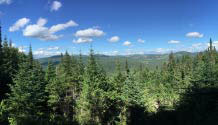
Photo credit: Véronique Rouleau
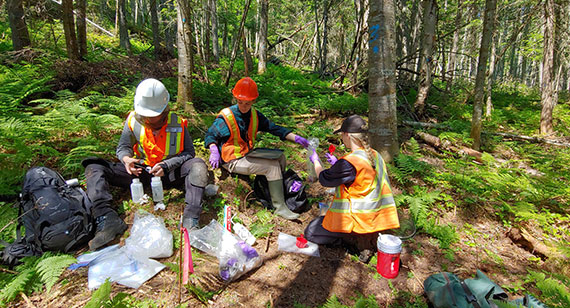
Photo credit: Gervais Pelletier
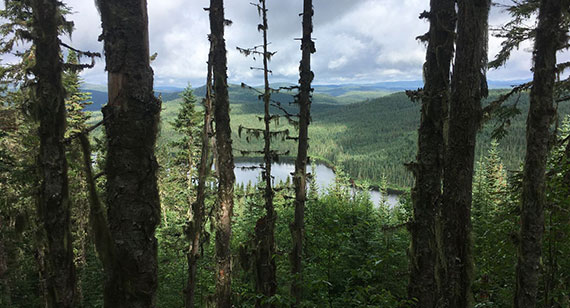
Photo credit: Véronique Rouleau
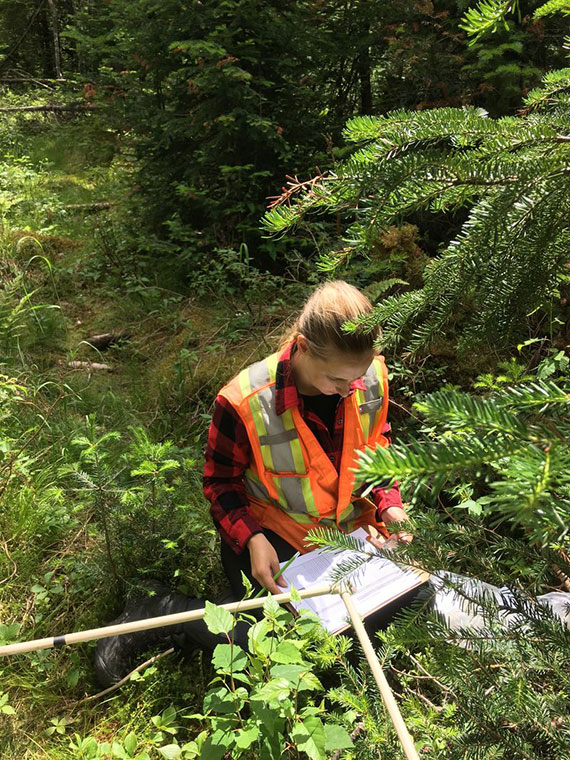
Photo credit: Benjamin Orlik
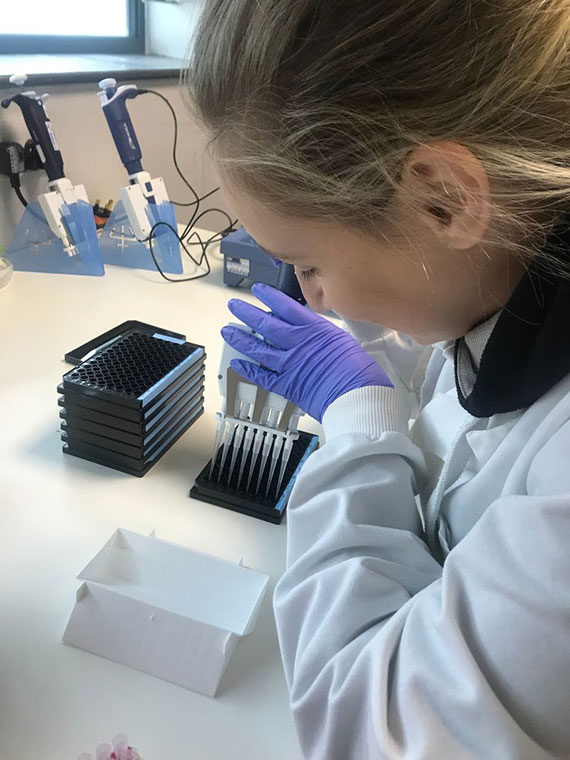
Photo credit: Kelly Mason